

SPI, SOC, and UART modules are of great significance in the Internet of Things (IoT). They are key technology components that enable communication and connectivity between devices. The SPI module provides high-speed, reliable short-range serial communication, suitable for interfacing sensors, memory, and other peripherals. The SOC module integrates the complete system into one chip, enabling IoT devices to feature high performance, miniaturization, and low power consumption. The UART module is used for peer-to-peer communication, allowing devices to transmit data directly.
Foreword Introduction
SPI, SOC, and UART modules provide flexibility, interconnectivity, and scalability to IoT devices, speeding up the development and deployment process of IoT devices.
Article Outline:
SPI/SOC/UART Module and Wireless Serial Port Module
1. Common wireless serial port modules
2. Difference between SPI/SOC/UART Module and the wireless serial port module
Get to know SPI
SPI: SPI communication protocol is a synchronous serial interface technology proposed by Motorola. It is a high-speed, full-duplex, synchronous communication bus. It only occupies four pins in the chip for control and data transmission. It is widely used In EEPROM, Flash, RTC (real-time clock), ADC (digital-to-analog converter), DSP (digital signal processor), and digital signal decoder, it is one of the most commonly used and more important communication protocols. As a synchronous serial communication protocol, SPI is used for data transmission between short-distance devices. It performs full-duplex communication between a master device (usually a microcontroller or microprocessor) and a slave device (such as a sensor, memory chip, etc.). The SPI communication protocol involves four signal lines: Serial Clock (SCK), Master Send Data (MOSI), Master Receive Data (MISO), and Slave Select (SS). The SPI module is a hardware interface for short-range synchronous serial communication between devices. It is commonly used for communication between microcontrollers or microprocessors and peripheral devices such as sensors, memory chips, etc. The SPI module is mainly used for communication and data transmission within the device.
The advantage of the SPI communication protocol is that it supports full-duplex communication, the communication method is relatively simple, and the relative data transmission rate is relatively fast; the disadvantage is that there is no specified flow control, and there is no response mechanism to confirm whether the data is received.
Related article :
SOC: SOC is not a specific communication protocol, but refers to the System-on-a-Chip (System-on-a-Chip). A SOC is an integrated circuit that integrates the various components and functions of a complete system onto a single chip, including a microcontroller or microprocessor core, memory, I/O interfaces, peripherals, and more. The SOC can communicate with external devices using a variety of communication protocols, such as SPI, I2C, UART, etc., depending on the design and support of the chip. A SOC module is an integrated circuit that integrates various components and functions of a complete system onto a single chip. It typically includes a microcontroller or microprocessor core, memory, I/O interfaces, peripherals, and more. SOC modules enable system-level integration for building complex electronic systems and embedded devices.
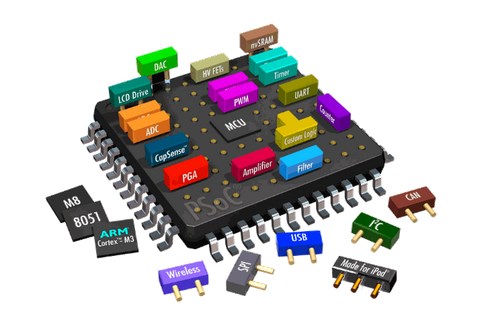
SOC (System-on-a-Chip) is a method of integrated circuit design and manufacturing, which has the following characteristics:
1. High level of integration: SOC integrates various components and functions of a complete system onto a single chip. It includes multiple functional modules such as processor core, memory, I/O interface, peripherals, and clock management, which greatly reduces the physical space and number of components of the system.
2. Miniaturization and low power consumption: The high integration of SOC enables the entire system to be more compactly designed on a single chip, thereby reducing the number and size of components on the circuit board. SOC design can also optimize power consumption, by integrating and optimizing the power management of each functional module to achieve low power consumption operation.
3. High performance: SOC integrates a powerful processor core and rich peripheral functions, enabling the system to have high computing and processing capabilities. The design of the SOC can be optimized for specific application scenarios to achieve higher performance and efficiency.
4. Flexibility and scalability: The design of SOC usually has certain flexibility and configurability, so that it can adapt to different application requirements. Peripheral modules can be configured and customized according to specific needs to meet the functional requirements of different applications.
5. Reduce system cost: The high integration and miniaturization design of SOC reduce system cost. By integrating multiple functional modules onto a single chip, it can reduce material and assembly costs, and simplify the design and maintenance of the overall system.
6. Speed up time to market: The use of SOC can speed up product development and time to market. It provides an integrated solution that reduces the complexity of system design and integration, while providing a reliable hardware platform, enabling developers to focus more on software development and system optimization.
In conclusion, SOC has the characteristics of high integration, miniaturization, low power consumption, high performance, flexibility, scalability, cost-effectiveness, and quick time-to-market, making it widely used in embedded systems and electronic devices.
Get to know UART
UART: UART is an asynchronous serial communication protocol used for point-to-point communication between devices over short distances. The UART transmits data over serial, using start bits, data bits, optional parity bits, and stop bits to format the data. It is commonly used for communication between microcontrollers and between microcontrollers and computers or other serial devices. The UART module is a hardware interface for asynchronous serial communication between devices. It is often used for short-distance communication between microcontrollers, and also for communication between microcontrollers and computers. UART modules are typically used for point-to-point communication between devices.
UART (Universal Asynchronous Receiver-Transmitter) is a serial communication interface with the following characteristics:
1. Asynchronous communication: UART uses asynchronous serial communication for data transmission. It does not need to be synchronized with the clock between the peripherals but uses start bits, data bits, optional parity bits, and stop bits to format the data. Asynchronous communication makes the UART more flexible for communicating between devices with different clock rates and data formats.
2. Simple and easy to implement: The UART interface is relatively simple and easy to implement. It requires only a small amount of hardware resources and control logic, making it suitable for embedded systems and low-cost applications.
3. Point-to-point communication: UART is usually used for point-to-point communication, that is, direct communication between a sender and a receiver. This makes UARTs useful for interfacing between two devices or microcontrollers for direct communication.
4. Versatility: UART is a general-purpose serial communication interface, widely used in various devices and systems. It can be used to interface various external devices such as microcontrollers, sensors, displays, modems, GPS receivers, etc.
5. Low power consumption: The UART interface usually operates with low power consumption, which is suitable for portable equipment and battery-powered systems. Since it does not need to maintain a synchronous clock, it can enter a low-power mode when not active.
6. Communication distance limitation: The UART interface has a certain limitation on the communication distance, which is usually suitable for short-distance communication. Communication distance depends on factors such as communication rate, voltage level, and cable quality.
7. Flexible data transmission rate: UART supports multiple data transmission rates, which can be configured according to communication requirements and hardware support. Common transmission rates include 9600 bps, 115200 bps, etc., but can be set according to specific needs.
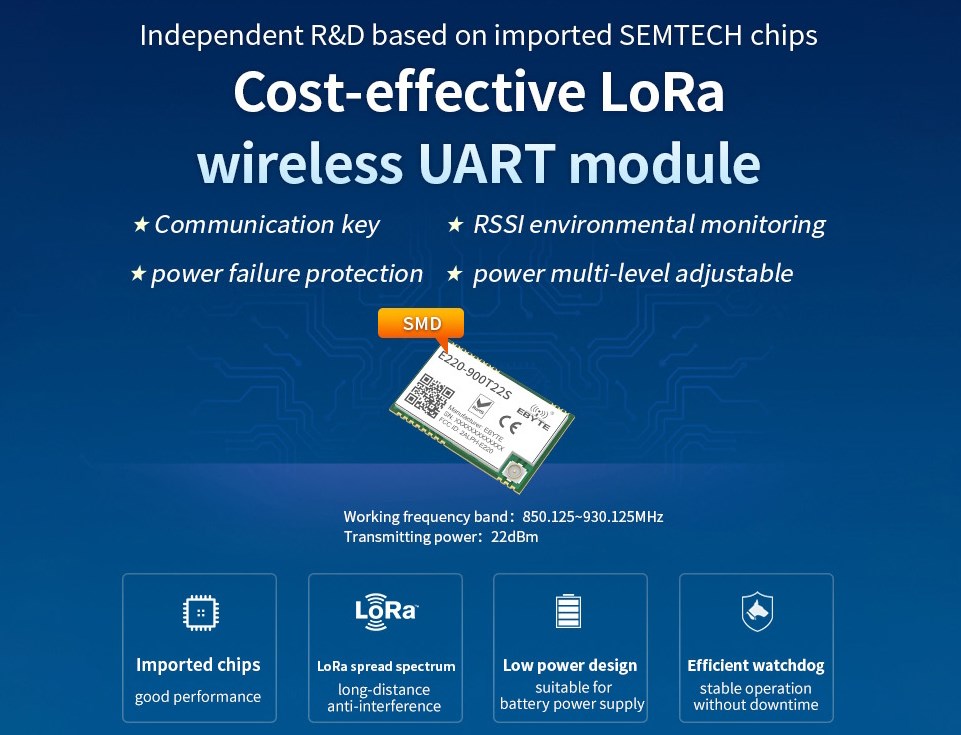
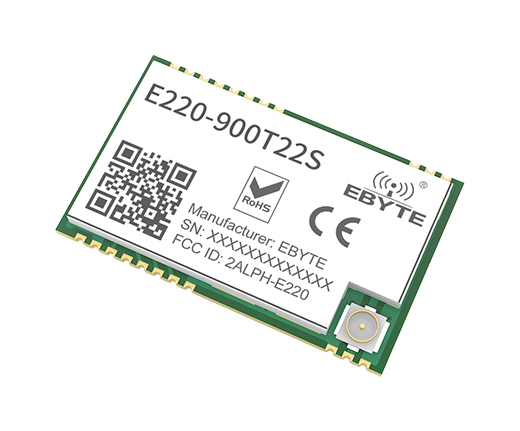 | E220-900T22S LLCC68 LoRa Wireless RF Module 22dBm ISM band 850.125~930.125MHz LoRa Spread Spectrum SMD IPEX Antenna Anti-interference [IC]:LLCC68 [Frequency]:850.125~930.125MHz [Power]:22dBm [Distance]:5km [Size]:16*26mm [Introduction]:E220-900T22S is a new generation of LoRa wireless serial port module (UART), based on Semtech's original LLCC68 chip design. It has a variety of transmission methods, works in the (850.125~930.125MHz) frequency band (default 873.125MHz), LoRa spread spectrum technology, TTL level output, compatible with 3.3V and 5V IO port voltage. |
UART has the characteristics of asynchronous communication, simple and easy to implement, point-to-point communication, universality, low power consumption, limited communication distance, and flexible data transmission rate. It is widely used in many applications and is especially suitable for simple direct communication between devices and low-power consumption applications.
SPI/SOC/UART Module and Wireless Serial Port Module
SPI, SOC, and UART modules are suitable for wired point-to-point communication, and the communication distance is short, while the wireless serial port module uses wireless communication, the communication distance is longer, and it is more flexible. It is suitable for many-to-many wireless communication scenarios.
Common wireless serial port modules include:
Wi-Fi serial port module: uses Wi-Fi technology to realize wireless communication between serial port devices, which is often used in application scenarios such as Internet of Things devices, smart homes, and industrial automation.
Bluetooth serial port module: It uses Bluetooth communication protocol to realize wireless transmission between serial devices, and is often used in applications such as wireless data transmission and serial communication between Bluetooth devices.
Zigbee serial port module: a serial port module based on the Zigbee wireless communication protocol, commonly used in the Internet of Things, smart homes, sensor networks and other fields, with the characteristics of low power consumption, short-distance communication and ad hoc network.
LoRa serial port module: A serial port module using LoRa (Low Power Wide Area Network) technology, which has the advantages of long-distance communication, low power consumption, and anti-interference. It is often used in applications such as the Internet of Things, remote monitoring, and agricultural environment monitoring.
The wireless serial port module provides a wireless communication solution, enabling serial devices to transmit data and communicate wirelessly, expanding the connection methods and application scenarios between devices.
The difference between SPI/SOC/UART Module and the wireless serial port module is as follows:
Communication method: SPI, SOC, and UART modules transmit data through wired connections, while wireless serial port modules use wireless communication technologies(such as Wi-Fi, Bluetooth, LoRa, etc.) for data transmission.
Communication distance: SPI, SOC, and UART modules are usually suitable for short-distance communication, and their communication distance is limited by the length of the physical connection line. The wireless serial port module transmits through wireless signals, and the communication distance is usually farther, depending on the range and transmission power of the wireless technology.
Flexibility: SPI, SOC, and UART modules are often used for point-to-point communication or to connect a small number of devices. The wireless serial port module provides greater flexibility, can realize many-to-many wireless communication, and supports connections between more devices.
Installation and deployment: SPI, SOC, and UART modules require physical cable connections, which require wiring and connections, which are relatively cumbersome. The wireless serial port module transmits wireless signals without a physical connection, making installation and deployment more convenient.
Application scenarios: SPI, SOC, and UART modules are usually used to connect embedded systems, sensors, memory, and other devices. Wireless serial port modules are widely used in scenarios that require wireless communication, such as the Internet of Things, smart home, and industrial automation.
What interface is usually used by SPI/SOC/UART Module
SPI, SOC, and UART modules typically use the following interfaces for connection and communication:
SPI interface: The SPI module communicates using a dedicated SPI interface. The SPI interface includes multiple signal lines, such as clock line (SCK), master output slave input line (MOSI), slave output master input line (MISO), and chip select line (SS/CS), etc. These signal lines are connected by hardware to the corresponding SPI devices.

SOC interface: SOC module is an integrated circuit chip, which usually uses a set of standard interfaces and buses to connect to other devices. These interfaces may include common interfaces, such as I2C (Inter-Integrated Circuit), SPI, UART, etc., and may also include dedicated interfaces, such as Ethernet (Ethernet), USB (Universal Serial Bus), and the like.
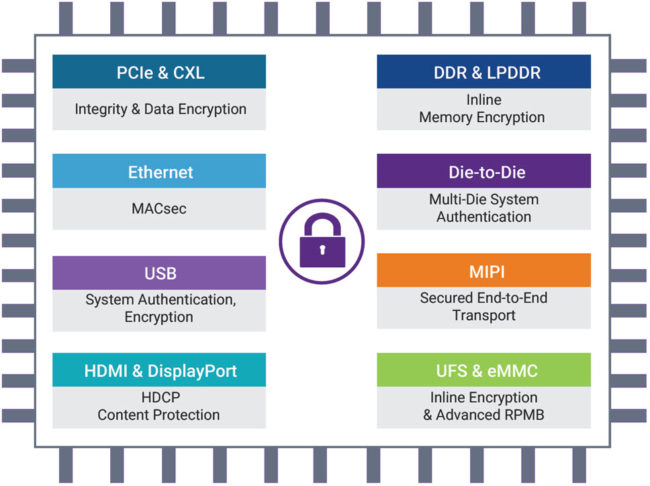
UART interface: The UART module communicates using the UART interface. The UART interface usually consists of a pair of data lines (TX and RX) for bidirectional serial data transmission. They are usually configured with standard electrical characteristics and baud rates to ensure proper communication between devices.
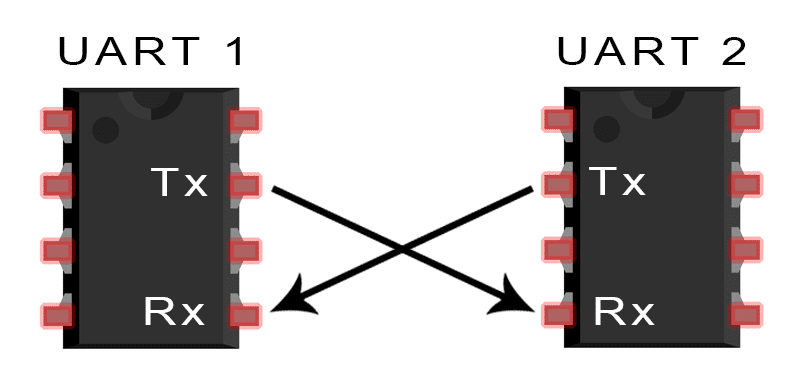
These interfaces are standard serial communication interfaces for data transmission and communication between devices. Different devices may use different interfaces, depending on the functional requirements and hardware design of the device. They are widely used in IoT devices, embedded systems, communication devices, and more.
- Why LoRa spread spectrum technology is so frequently applied to wireless communication
- Introducing 11 Common IoT Wireless Communication Protocols: How to Choose the Best Protocol
- 4 Technologies Learn How LPWAN Enables Communication Between IoT Devices
- How USB2.0 device establishes connection with the host
- RS232/RS485 serial port communication introduction
- Detailed explanation of SPI communication protocol
- Introducing LoRa stable diffusion: based on LoRa communication










